Lithium Mineral Springs
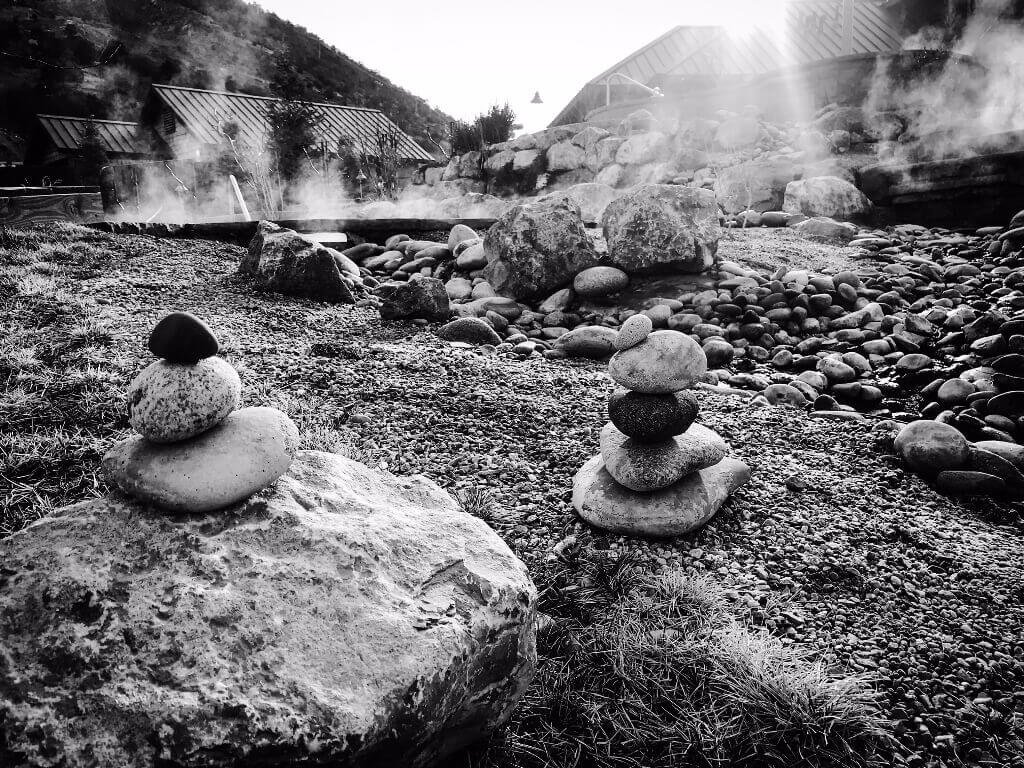
Lithium mineral springs are natural geothermal springs or hot springs that contain trace amounts of lithium dissolved in the water. While not used for industrial extraction, these springs are of interest for their potential health benefits, particularly in relation to mental wellness and mood regulation.
Here’s a detailed look at lithium mineral springs, where they are found, and what makes them unique.
1. What Are Lithium Mineral Springs?
Lithium mineral springs are natural hot springs where lithium is present in the water due to leaching from surrounding lithium-rich rocks and soils. The lithium concentration is typically very low, measured in micrograms per liter (μg/L), but some studies suggest that long-term consumption of lithium-rich water may have neuroprotective and mood-stabilizing effects.
These springs are often marketed for their therapeutic properties, and some are developed into spa or wellness resorts.
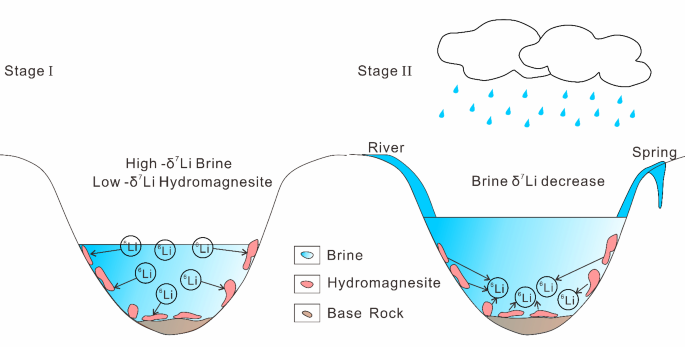
2. Where Are Lithium Mineral Springs Found?
Lithium-rich mineral springs occur in regions with volcanic activity, geothermal systems, or lithium-bearing rock formations. Some notable locations include:
- Bílá Voda (Czech Republic): Known for lithium-rich waters and wellness tourism
- Lithium Spring, Nevada (USA): Natural spring with detectable lithium levels
- Kitaro Onsen (Japan): Hot spring with lithium-infused water used in wellness therapy
- Austria’s Eastern Alps: Some thermal springs show elevated lithium levels
- Australia and New Zealand: Certain geothermal springs contain trace lithium
These springs are not major sources of lithium for industrial use but are of interest for health and wellness applications.
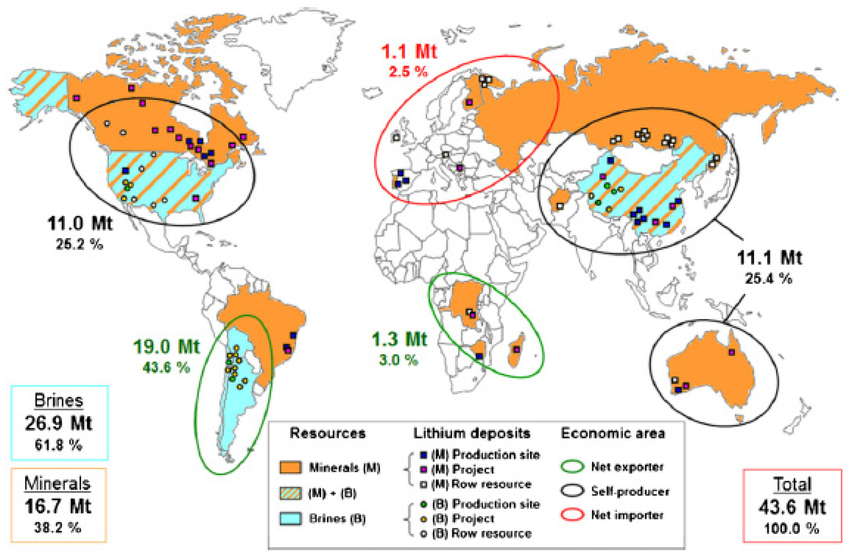
3. Health Benefits of Lithium in Mineral Springs
Although not a substitute for medical treatment, some research suggests that low-dose lithium exposure through water may be associated with:
- Lower rates of depression and suicide in regions with naturally high lithium in drinking water
- Improved mood stability and emotional balance
- Neuroprotective effects, possibly reducing the risk of neurodegenerative diseases like Alzheimer’s
- Anti-inflammatory and calming properties when used in spa therapy
These effects are based on observational studies and not fully understood, but they have sparked interest in lithium-infused water for holistic health.
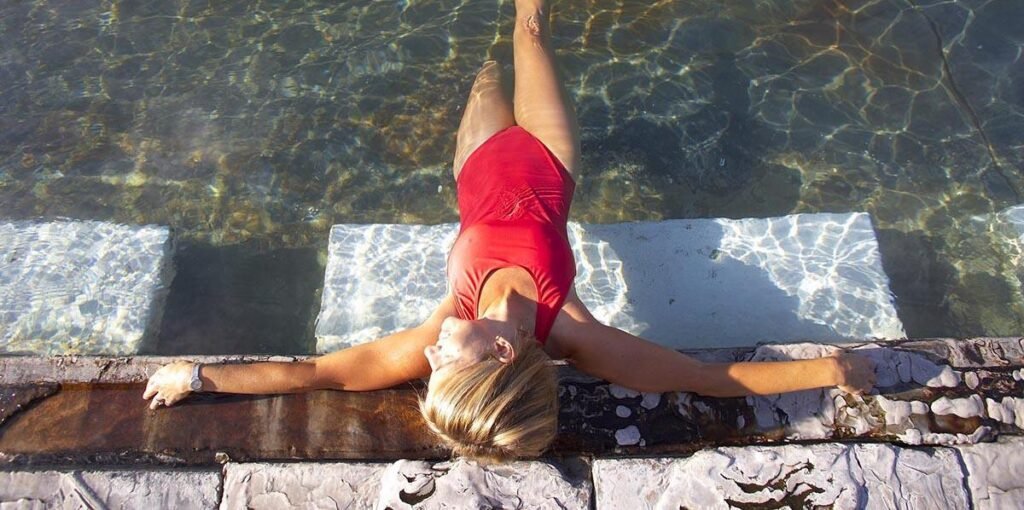
4. Use in Wellness and Spa Therapy
Lithium mineral springs are increasingly used in thermal bath therapy and wellness tourism, where visitors soak in natural hot springs believed to have mental and physical health benefits.
- Spa treatments: Some resorts offer lithium-infused water therapies for stress relief and relaxation
- Holistic health: Used in natural health retreats focusing on mental wellness and mineral therapy
- Tourism appeal: Lithium springs are promoted as part of therapeutic and alternative medicine experiences
While scientific evidence is still emerging, the calming effects of mineral springs are widely appreciated.
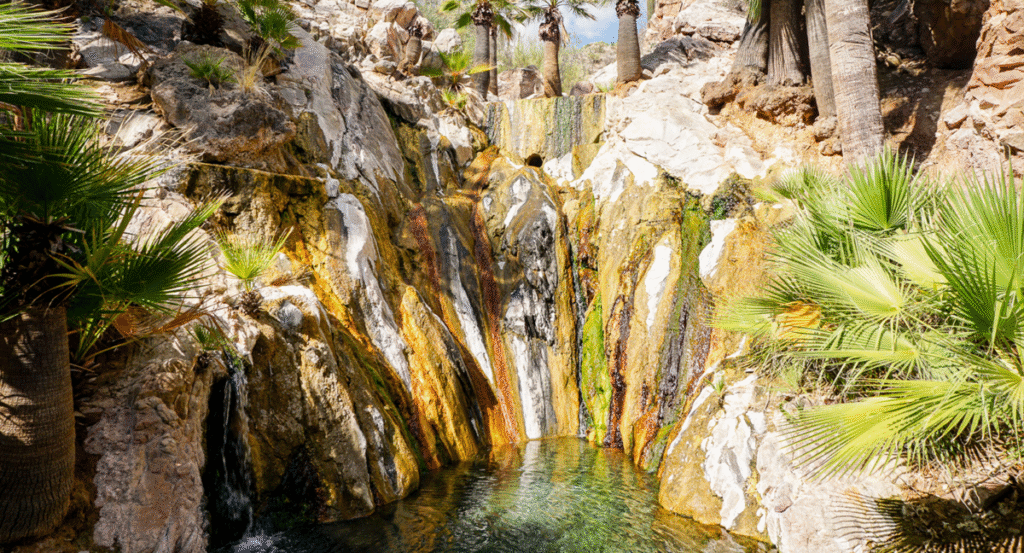
5. Safety and Considerations
Lithium in mineral springs is present in trace amounts, making it safe for bathing and drinking in most cases. However, individuals on prescription lithium therapy should consult a doctor before consuming or using lithium-rich water regularly.
- Natural vs. therapeutic doses: Lithium levels in springs are microgram-level, compared to milligram-level doses in psychiatric medication
- Environmental factors: Lithium content can vary depending on season, geology, and water flow
- Testing and transparency: Some springs now provide mineral content labels for health-conscious visitors
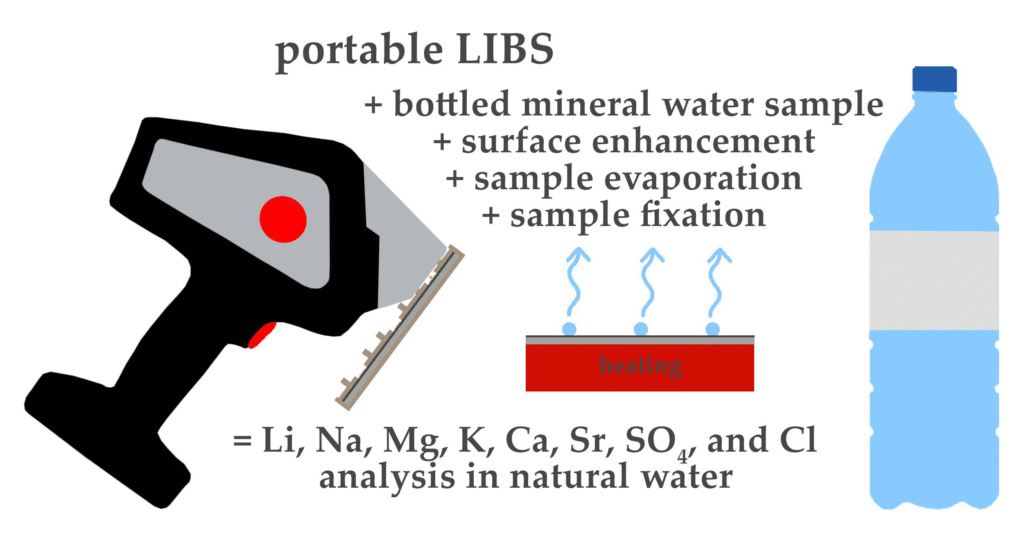
FAQs
Q1: What are lithium mineral springs?
A1: They are natural hot springs that contain trace amounts of lithium in the water, often associated with volcanic or geothermal activity.
Q2: Are lithium mineral springs good for health?
A2: Some studies suggest low-dose lithium exposure may support mood and brain health, but it’s not a substitute for medical treatment.
Q3: Can you drink lithium mineral spring water?
A3: Yes, in most cases, as the lithium content is very low. However, people on lithium medication should consult a healthcare provider.
Conclusion
Lithium mineral springs offer a natural and accessible way to experience trace lithium exposure, often in scenic and therapeutic settings. While not a medical treatment, these springs are gaining attention for their potential mental health benefits and role in wellness tourism.
As interest in natural lithium sources grows, lithium mineral springs may become an important part of holistic health and sustainable tourism.

